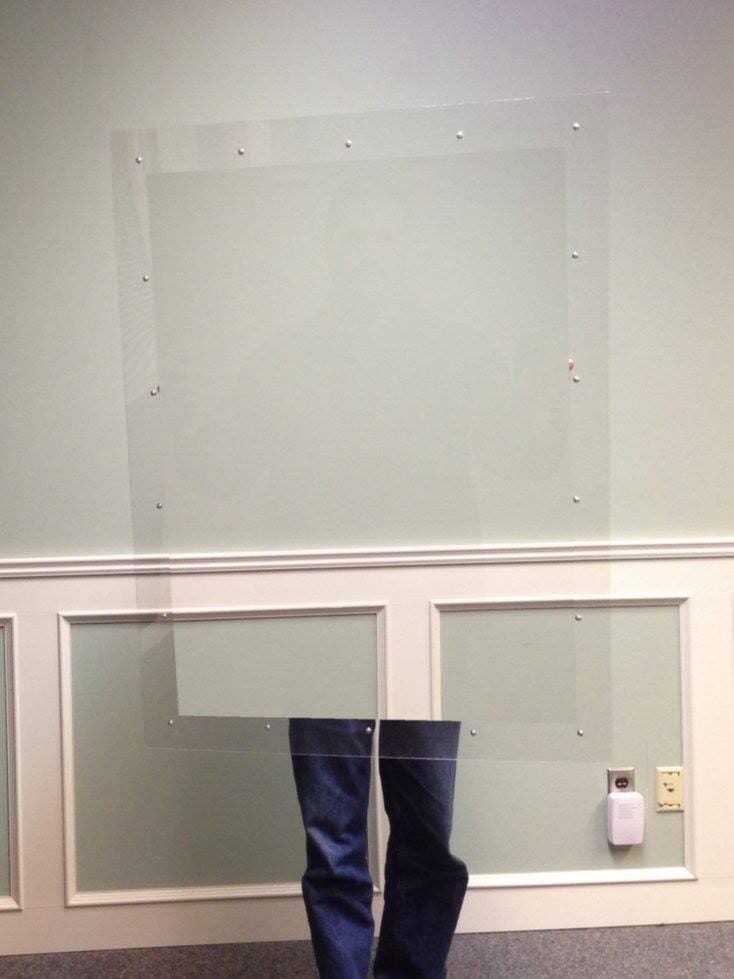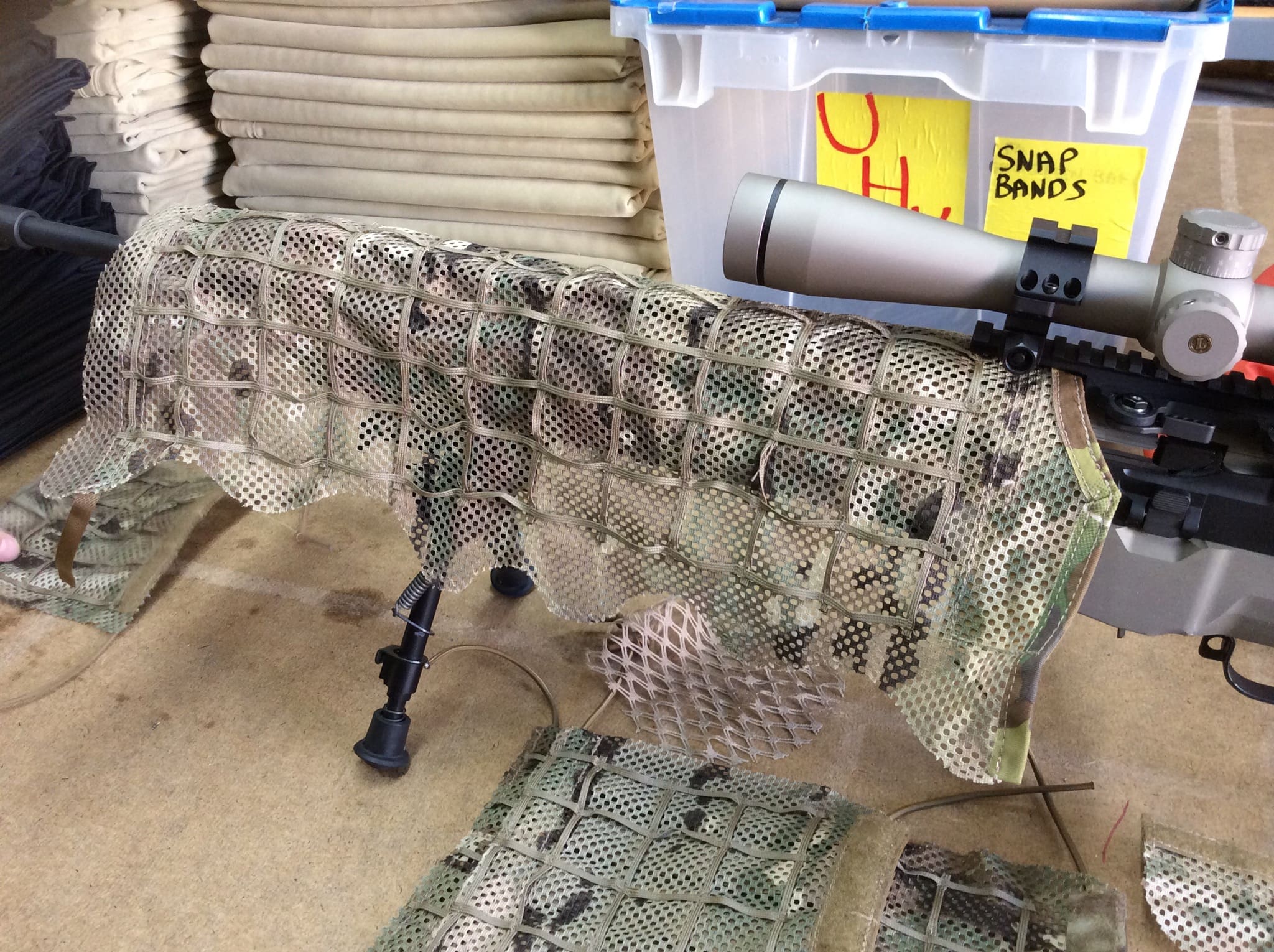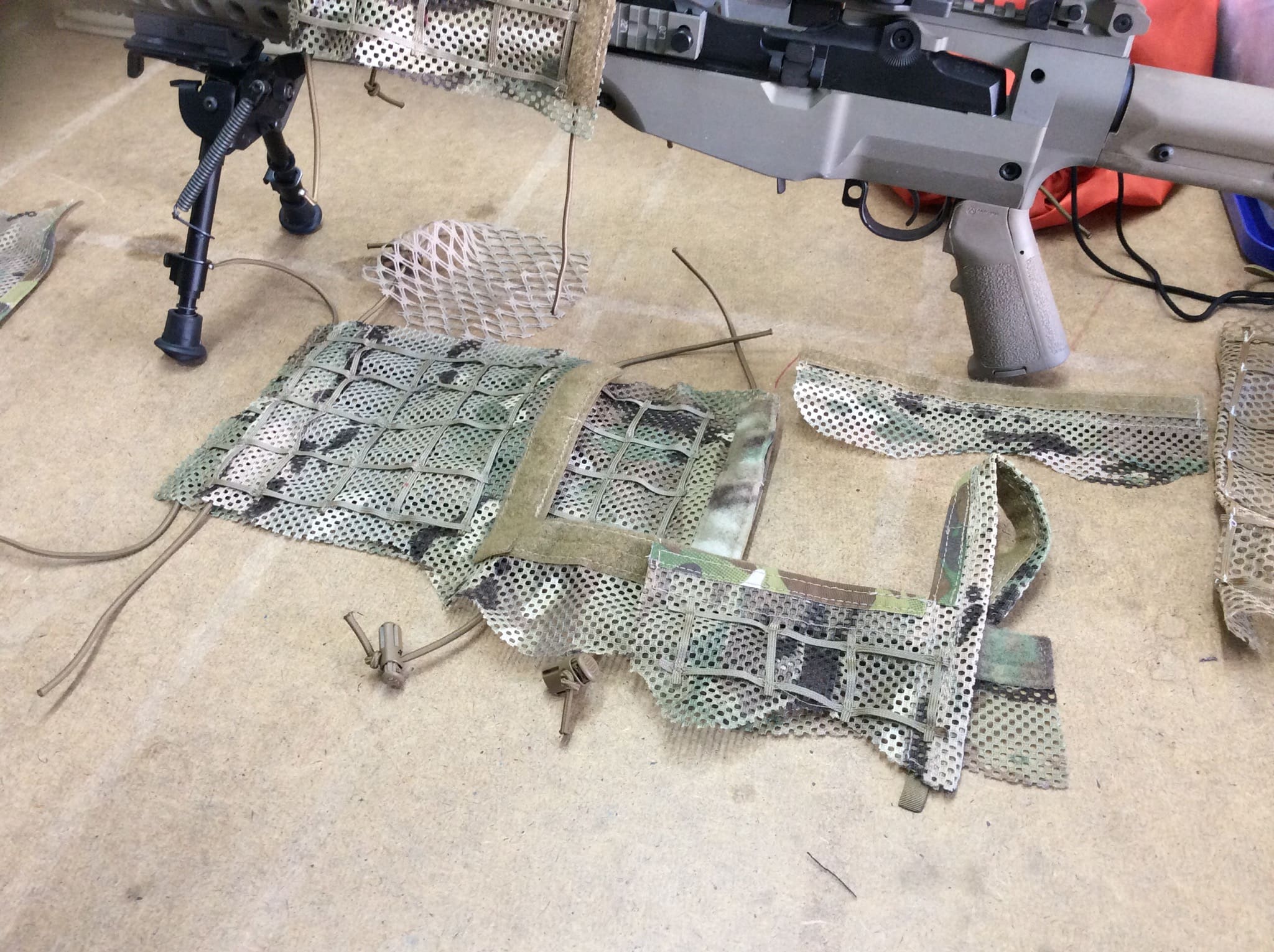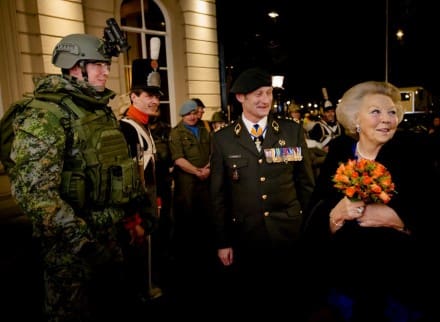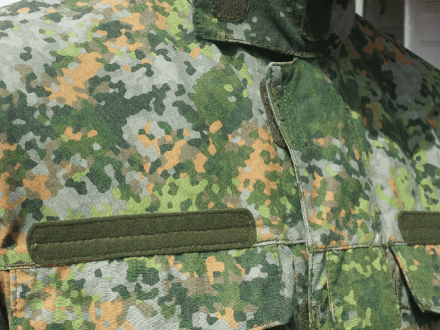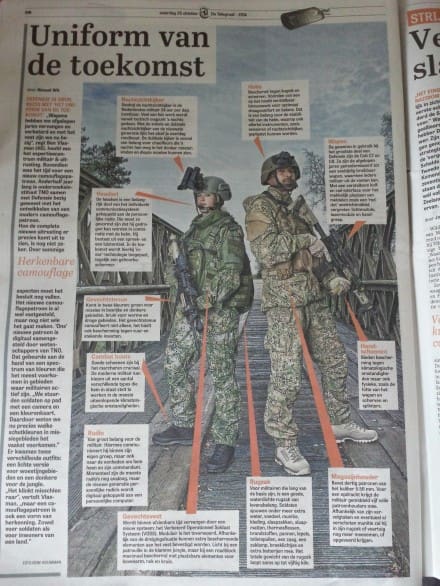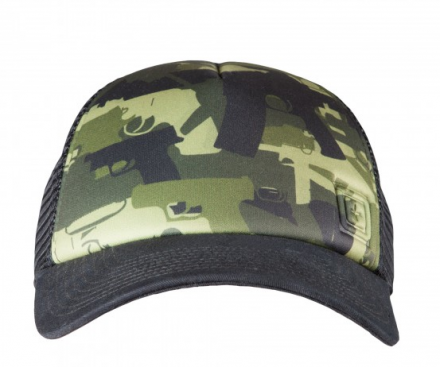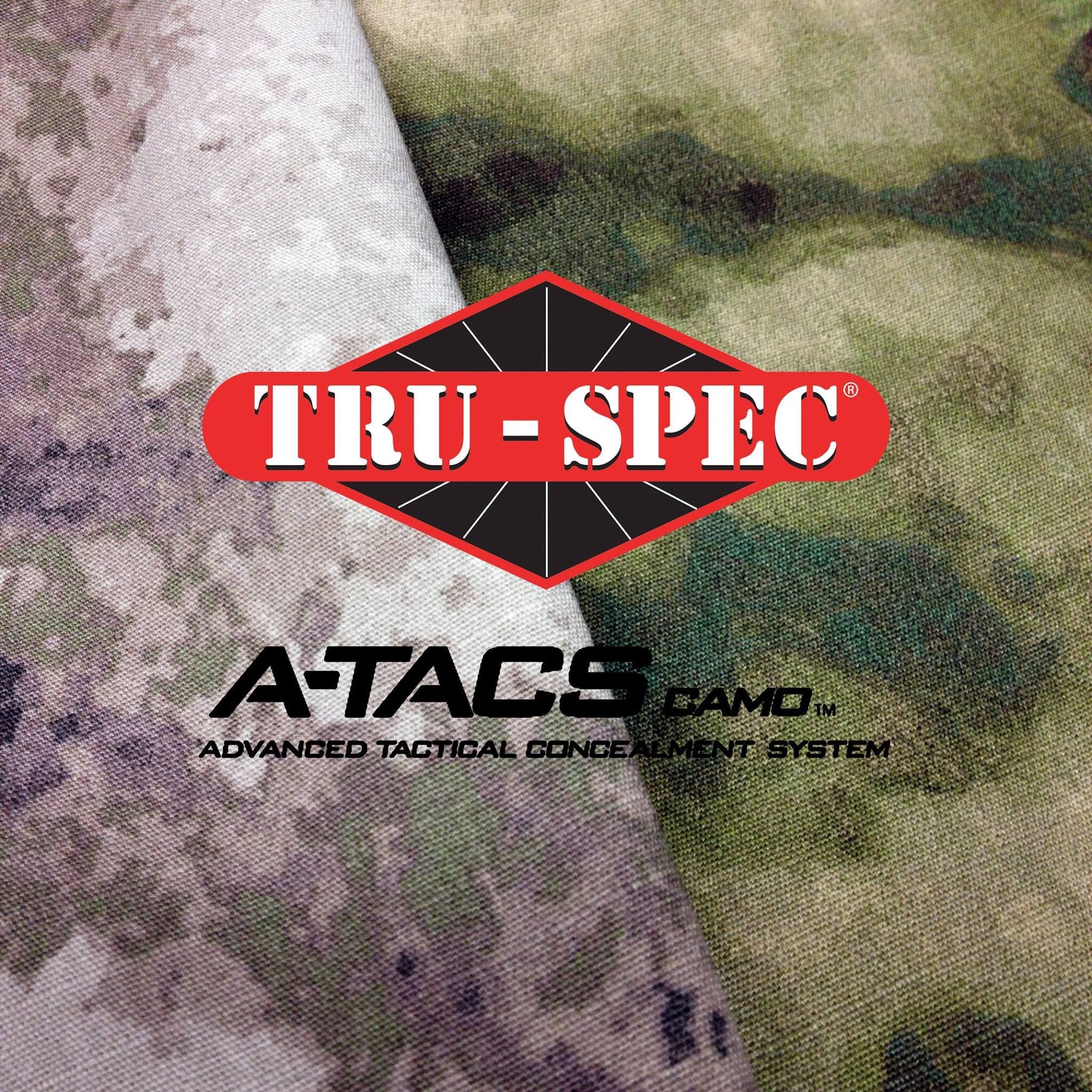In addition to the new Operational Camouflage Pattern, the US Army has long envisioned a family of camouflage patterns with OCP serving as a general issue, transitional pattern, and special Woodland and Arid variants, color tuned for use in those environments, to support contingency operations via limited issue.
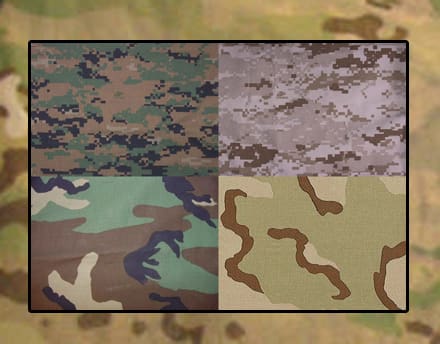
When we originally mentioned the planned bookend camouflage test in late May, we framed it as “analog vs digital” and it appears that our information was correct. SSD has obtained photos of testing being conducted at Fort Polk, Louisiana.
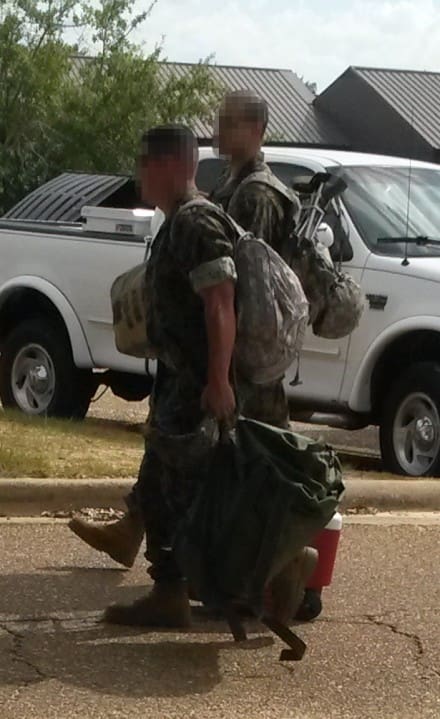
The testing at Ft Polk, comprised of OCP (Scorpion W2), M81 Woodland and MARPAT Woodland, is naturally geared toward the woodland environment.
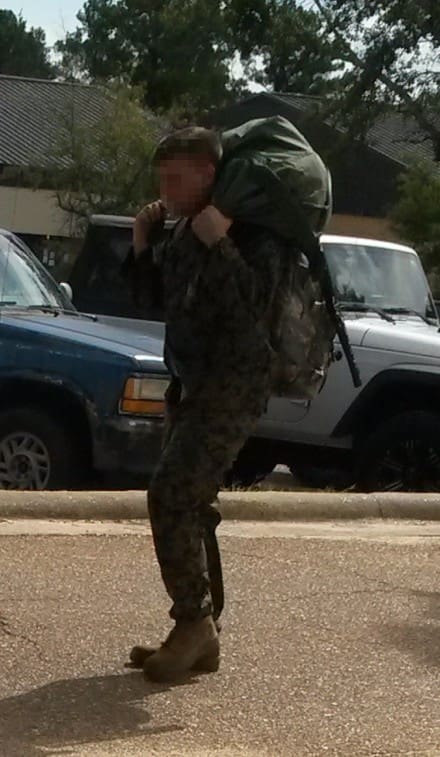
While these photos only depict the MARPAT Woodland uniforms and the Soldiers are carrying UCP MOLLE and helmets, we do know that TA-50 has also been provided in the range of test patterns. You may also notice that the Soldiers in these photos are mixing it up, wearing Sand T-shirts and USMC issue Coyote (Olive Mojave) boots complete with Eagle Globe & Anchor marking. Interestingly, one Soldier has rolled his sleeves. At first it struck us odd that he had rolled his sleeves like a Marine until it dawned on us that currently serving Soldiers wouldn’t know how they would had done it in BDUs, as the Army no longer rolls its sleeves.
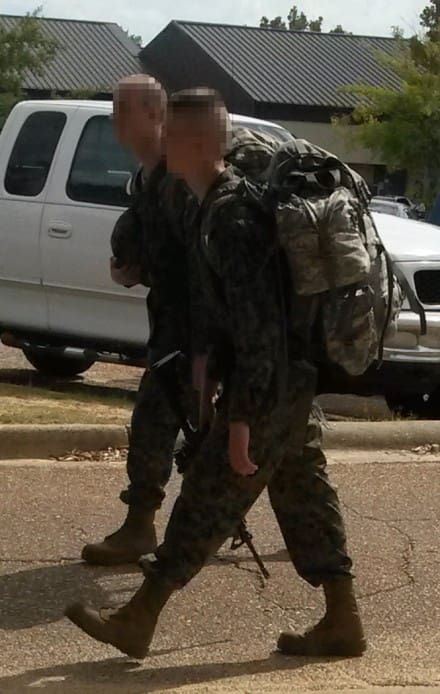
While we don’t have any photos of the M81 Woodland or OCP uniforms, we did score a photo of an example of the Green PALS webbing that has been paired with the OCP MOLLE. We are still unsure what this might indicate.
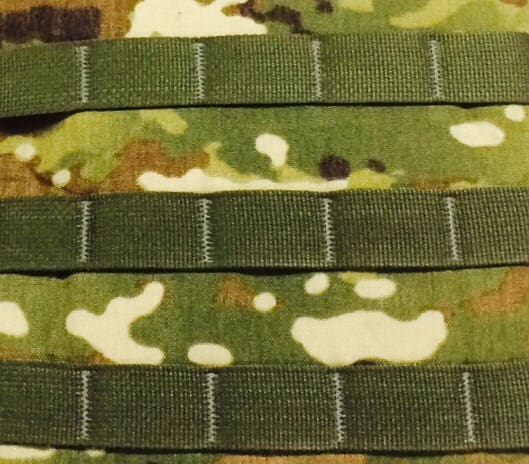
So far, we do no have any information on the Desert Bookend test which is said to feature OCP, 3-color Desert and MARPAT Desert.


